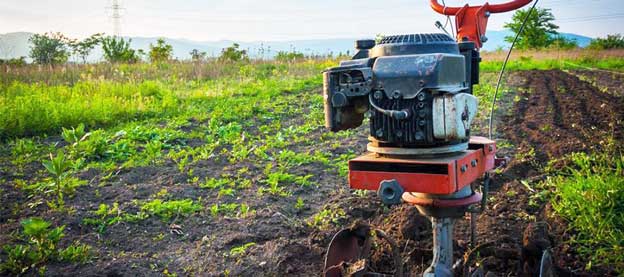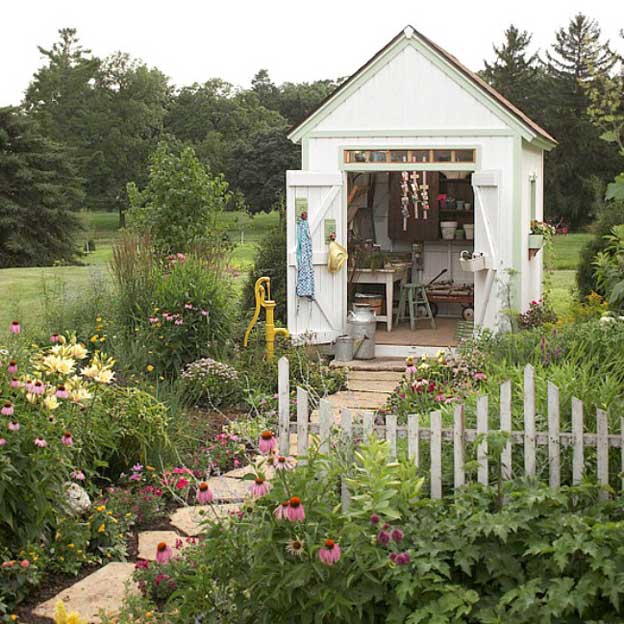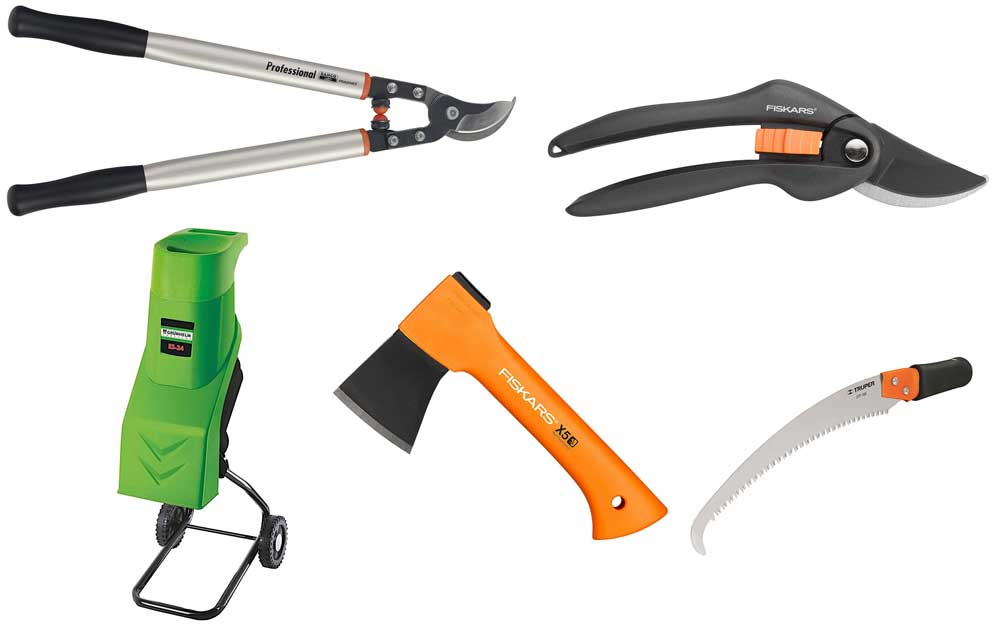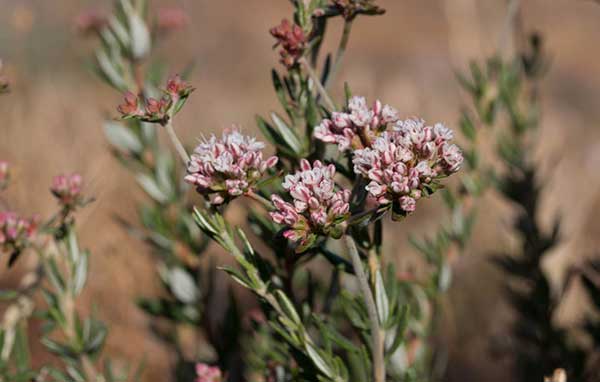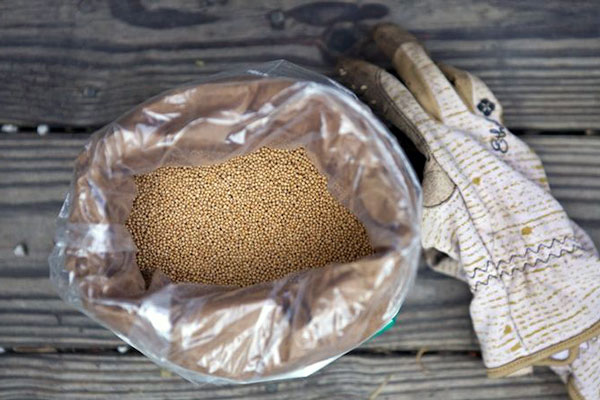It’s not always the case that we inherit a ready-to-plant garden. My parents were unlucky too—they inherited an abandoned garden that had been neglected for about ten years. In the middle of the garden, there’s a high-voltage power line and a couple of ant hills. The soil is heavy clay. How to clear the plot? Where to start?
There are several popular scenarios for clearing a garden. The choice of method largely depends on the time you’re willing to invest and your budget. But in any case, haste is rarely appropriate. I’ll gradually prepare separate materials on each of these points—I’m trying to figure it out myself to help my parents clear the plot and set up the garden.
Stages of Clearing a Garden
Remove grass and deadwood. If the grass is taller than you, it’s worth mowing it first. This will make it much easier to understand the landscape, see which trees need to be removed, which to keep, and to view the neighboring gardens. Different scenarios for dealing with sprouts and weeds will be covered in the next article.
Handle tree and stump removal . Also, you should check whether you need a permit, felling ticket, or any other document. This is especially relevant for plots within city limits.
Planning and digging wells. In garden communities, irrigation might be scheduled by hours or days, but this is not common. Therefore, you need to think about water in advance. I would first observe how this is implemented by neighbors.
As an interim step, you can plant potatoes directly in the hay. I’ll write more about this method later. Cabbage grows well on virgin land, and grass doesn’t interfere with it.
Level the garden area manually, with a plow tractor, bulldozer, or cultivator. Be sure to remove weed roots. Sometimes, a tractor lifts the fertile layer and turns it inside out, bringing sand and clay to the surface. The depth of plowing with a tractor should not exceed 30 cm, but this is not a call to action—assess according to your soil. After heavy machinery, you’ll still need to work on it with a cultivator, for example.
Address the garden shed and septic tank. Plan the location of the utility room or shed before the final leveling of the soil, after minimal clearing of the plot, as construction—even a small shed—will affect the soil. The equipment will bring building materials, and a crane might even come to unload the container (I’m jumping ahead, there will be material on garden structures as well). Building materials and waste will need to be stored somewhere, and people will walk around the area. Draw a plan of the garden, cut out a paper square for the house, and try different placement options considering light and shade (you’ll need to make a lighting plan anyway), wind direction, and potential wells. At the initial stages, think about electricity as well, even before the shed.
Plow the soil and plant green manure—phacelia, oats, lupine, mustard. It’s not necessary to use just one type of plant; you can use a mix. It’s better to plow, for example, with a motor block on prepared soil. Plowing virgin land with a motor block is very difficult and time-consuming—roots get tangled, equipment gets stuck, and it requires significant physical effort. A motor block works well on wet spring soil, and you need to mow the grass before working.
A scenario for processing virgin land from a forum member on Forumhouse:
- Re-plowing with a Tarpan motor block.
- Removing large debris and roots with rakes.
- Final processing with rakes and leveling the soil. The author modified the rake for his 30 acres—he welded three rakes together, increasing the working surface to 1 meter. The rakes became heavier, requiring less pressure while plowing.
Tips from Experienced Gardeners
- A gardener with a second garden: “I walk around, meet neighbors, ask about soils and groundwater; how many rings in the well, whether I can test the water. It’s useful to check the drainage system, ditches, and whether the water rises in the spring.”
- “Don’t postpone electricity and well tasks; prioritize them.”
- “Create a garden lighting plan considering fences and structures first so you don’t have to move plants later.”
- “When acquiring land, assess your physical strength and financial capabilities.”
- “Buy only quality garden tools, as poor tools can take much more effort and nerves than the cost difference. Working in the garden should be enjoyable, not harmful to your health.”
- “Don’t let unwanted trees grow and strengthen, and weeds from seeding.”
- “It’s better not to burn hay but to start compost production with it.”
If you know exactly how much sand and soil you’ll need, you can bring it in right away, but leave it in a pile on geotextile and cover it with black film.
Fence. Most beginner gardeners neglect a good fence, considering it an unnecessary expense, and end up putting it up eventually. So, at the stage of clearing virgin land, it’s the right time to build a fence; otherwise, you’ll have to move young shrubs and trees and compact the beds.
For clearing virgin land and the plot, you need at least a minimal set of your own tools: a garden saw, trimmer, lopper, axe, and flat pruner. Consider an alternative to burning garden waste—a garden shredder. While clearing the plot, compost will gradually mature in the compost bin.

